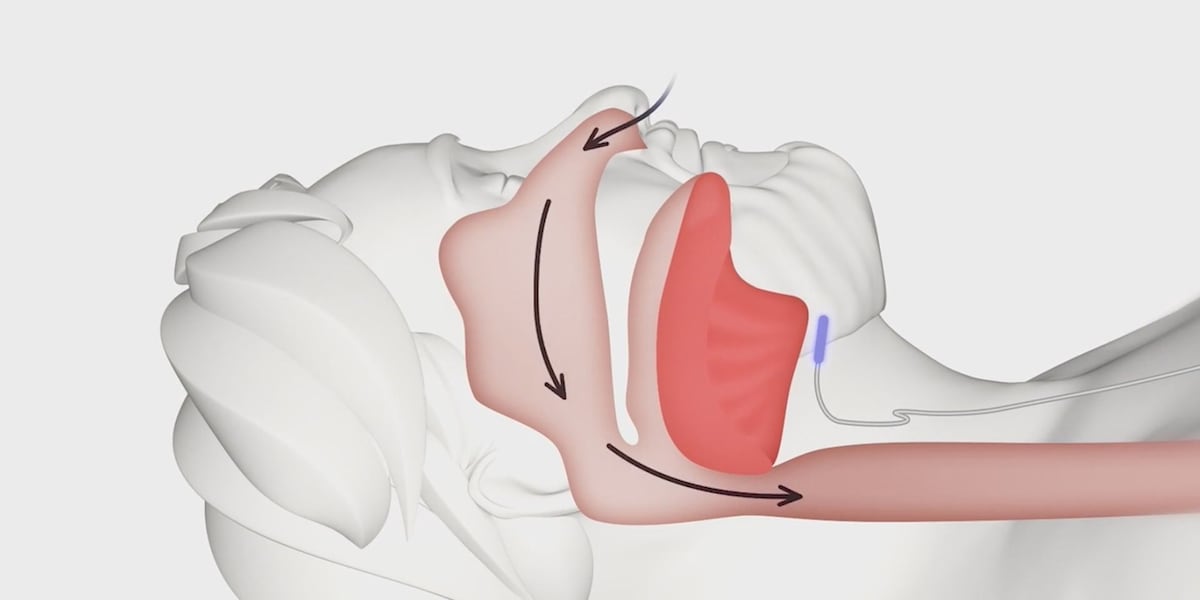Key Takeaways
- Approximately 25 million Americans are affected by sleep apnea, which can lead to severe health issues.
- Rodney Crawford, a patient at CHI Health St. Elizabeth, is set to benefit from a hypoglossal nerve stimulator, a new alternative for those unable to use CPAP devices.
- This innovative technology stimulates the tongue to keep airways open, with quicker recovery times compared to traditional methods.
New Hope for Sleep Apnea Sufferers
Sleep apnea affects around 25 million Americans, posing serious health risks due to interrupted breathing during sleep. Rodney Crawford, a 63-year-old patient at CHI Health St. Elizabeth in Lincoln, Nebraska, is optimistic about a new treatment option—the hypoglossal nerve stimulator. This device, resembling a pacemaker, is implanted in the chest wall and serves as an alternative for those who cannot tolerate continuous positive airway pressure (CPAP) devices.
Crawford has lived with sleep apnea for several years, experiencing troubling symptoms, including feeling exhausted upon waking. He had reservations about the new treatment, initially perceiving it as a gimmick. However, after consulting with Dr. Aaron Robinson, an otolaryngologist involved in the implantation of this advanced technology, his concerns were alleviated.
The hypoglossal nerve stimulator functions by sending electrical signals to a small electrode placed on the nerve, prompting the tongue to move forward and open the airway, thus preventing breathing interruptions during sleep. Dr. Robinson noted that this procedure offers distinct advantages, including a faster surgery time and smoother recovery, resulting in less discomfort for patients.
The hypoglossal nerve stimulator has been in use for several years, but Dr. Robinson is among the first in the region to utilize this latest iteration of the technology. He expresses optimism about the future advancements in sleep apnea treatments, suggesting that patients may eventually benefit from devices that eliminate the need for a remote to activate them before bedtime.
This new approach to treating sleep apnea represents a significant step forward, providing a viable option for those who struggle with CPAP devices. As research and technological solutions continue to evolve, patients like Crawford may soon discover more effective avenues to achieve restful sleep.
The content above is a summary. For more details, see the source article.















